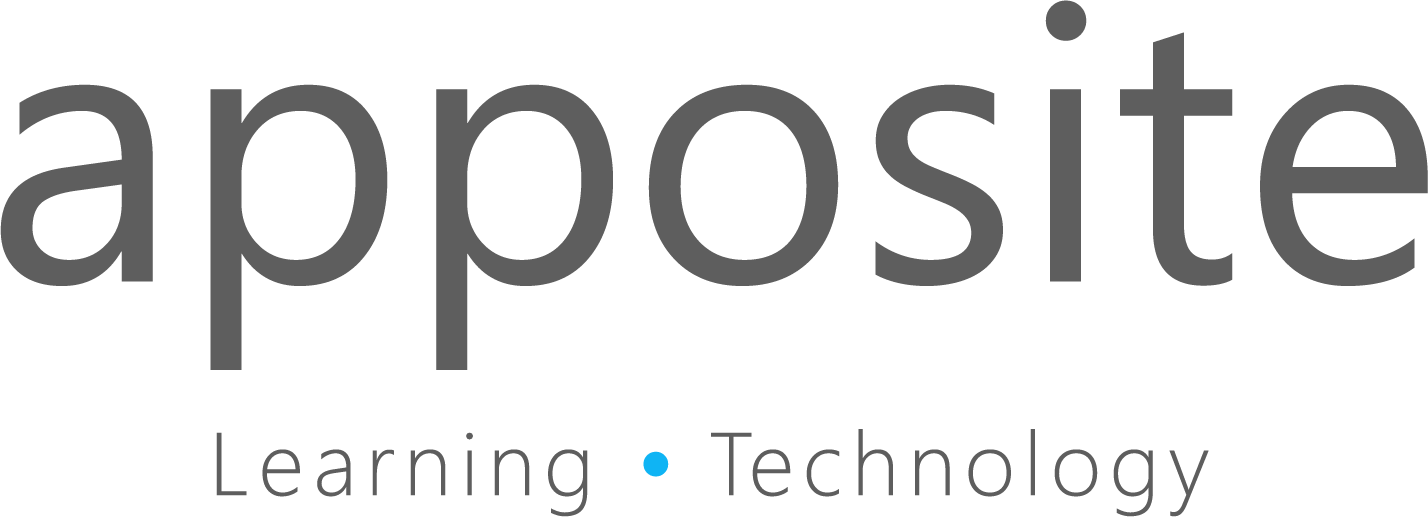How to go about Digital HR Transformation training?
The emergence of COVID-19 has brought changes in the way we work. This has led to altering how businesses operate by employing technology in everyday activities. Now businesses are making provisions so that employees can work from anywhere.
Enter Digital HR Transformation

Embracing technology in a business’s everyday activities is the best way to allow employees to work from anywhere. This is where Digital HR Transformation comes in.
Digital HR Transformation is an exercise initiated by an organisation to embed technology into all aspects of the HR functions and tasks. However, any migration from a non-technical to a technology-laden process starts with a change in the mindset of the employees. Behavioural change of employees is important for this digital transformation to succeed.
Benefits of Digital HR Transformation
A successful business adapts to new technological trends available in the industry that boosts productivity and brings about efficiency. Digital HR Transformation helps you achieve both those and more. Some of the benefits of Digital HR Transformation are:
- Eliminates manual tasks and repetitive processes.
- Higher efficiency and upskilling of employees.
- Attracts competent professionals to the business.
- Transforming employee experience.
- Leads to higher engagement and productivity.
Understanding Digital HR Transformation
Digital HR transformation paves the way for increased efficiency in the business and boosts the employees’ performance.
As new technology is infused into the industry every other day, organizations and particularly the HR team should analyse the relevance of the new tools and implement them accordingly.
Digital HR Transformation can have a significant positive impact on recruitment, employee assessment, building learning platforms for upskilling employees, mobile Apps for onboarding and inboarding etc.
Here’s an example to emphasize further. Earlier businesses used to conduct recruitment in a face to face manner. But now some businesses are recruiting candidates through social media sites, conducting online exams and online interviews. They are meeting candidates offline only in the final stage.
The latest buzz is that certain top MNCs are now developing AI tools to make the recruitment process further easier. This reduces the burden on HRs in screening suitable candidates.
How to implement this?

A business grows if it follows the pulse of the market and changes accordingly. A famous Greek philosopher once said, ‘Change is the only constant in life’. As we know, top businesses in the market have an open mindset to change and adapt.
But how to implement digital HR transformation? The following steps will guide you on how to do this.
- Start small – Initiating smaller changes is easier than going for bigger changes. This helps employees in adapting faster.
- Have a clear vision – Having a clear idea about why and where technology should be used and how it helps.
- Get everyone onboard – To implement the changes, all the employees need to be briefed from lower to a higher level. This helps them in embracing the new system.
- Have a clear strategy based on impact and effort – A clear strategy is needed in knowing how to implement the change. Management usually prefers high impact and low effort strategies.
- Conduct training and impart behaviour change – Employees will be trained based on the requirement using different learning methods and tools. Some of the ways are using online modules, face to face interactions, blended learning, VILT, microlearning modules, expert videos, job aids, quick reference guides etc. The training will help employees in seamlessly transitioning to the new system.
- Solve any existing shortcoming – Taking steps to solve any issues arising from new changes.
- Measure the performance – Implementing new solutions should increase the efficiency of employees and profit the business. Random tests should be conducted to measure improvement.
Understanding with an Example
Let us take an example to understand the above steps. In a company, the HR uses certain tools such as Excel sheets, Google forms and other tools to assess employee performance. But, as it is a disparate and time-consuming process, it makes continuous assessment difficult.
- The company therefore decides to invest in a software which provides employees performance using intuitive infographics, taking several factors into account.
- This continuous assessment of the employees will help them in improving their performance and knowing their shortcomings. The efficiency of the business increases when employees better their performance. This is the goal of the company. Having a clear goal helps kickstart the process.
- The company then brings all the employees on board by discussing the benefits of the outcome.
- The HR devises a strategy to implement this. It calculates cost-benefit analysis. It finds that hiring a business that specialises in implementing the new technology will lower the overall cost. It hires a consulting company for this purpose.
- The consulting company visits the company to understand the employees and the different factors that will come into play. It studies the software and accordingly develops a learning module to impart the training. They also give quick reference tips.
- The consulting company makes sure that the employees switch to the new system seamlessly. The success of the outcome depends on the level of behaviour change imparted in the employees.
- The performance is assessed to understand how the digital transformation has helped.
One should understand that Digital HR Transformation is a continuous, ongoing process. But the companies shouldn’t embrace complex technologies just because its competitors are doing so. The decisions should make a business sense. If your business already has some digital know-how, it is okay to think and implement the next big step. But if you are starting new, you should consider going small.
Challenges in Training Digital HR Transformation
Some of the challenges that businesses face when training employees on digital HR transformation are:
- Employees can be from different education backgrounds over different age groups. One size fits all approach may not be suitable.
- The technical proficiency of the employees might be different.
- Some of the employees might be resistant to change. It is necessary to make them understand the advantages of shifting to the online medium
How can Apposite help in this HR transformation?

We, at Apposite Learning Solutions, make this Digital HR transformation smoother. Our training solutions for HR transformations ensure that the end-users of HR transformation have an enriching experience and retain the knowledge for a longer time.
We use appropriate learning theories to make the transformation tailor-made for the needs and environment of your organization. We use time-tested learning strategies like e-learning, blended learning (a combination of e-learning and traditional methods), VILT (Virtual instructor-led training). We also use interactive technologies like Augmented reality, Virtual reality to help people learn and affect behaviour change.
Our designers analyse the constraints and challenges faced in business and accordingly develop solutions. This results in an increase in the employee’s overall performance. This also helped in improving behavioural competencies of the employees.
Our products are well appreciated by market bigwigs. Here is one quick overview of how Apposite helped an MNC to undergo digital HR transformation.
Supporting a Large-scale Digital HR Transformation

Apposite helped an international business in creating a training curriculum for its digital HR transformation. We handled this by training them how to use PeopleSoft HRMS tool. This tool makes the management of employees’ data and HR tasks easier. It digitises employee recruitment, training and development, employee benefits and needs, performance appraisal etc.
We analysed the existing environment and conducted extensive consultations with various stakeholders and SMEs via focus group sessions. The business has over 60,000 employees spread in 20 different countries. We understood that following a similar strategy won’t work with all the employees. We found that they belong to multiple age groups with different educational backgrounds. We designed customised learning modules to suit different recipients.
- For intensive learning, we used a blended learning program with both virtual and classroom sessions.
- We used e-learning module for self-paced learnings.
- We created just in time reference materials such as quick reference guides and job aids to help them in avoiding mistakes.
- We also created assessment tools to help track an employee’s performance.
Our strategy helped in facilitating 60,000 employees across 20 countries to embrace the new system with the least disruptions possible in daily tasks. This seamless integration helped in boosting the business’s productivity.
To know more about this, click here.
Our experts are available to support you in your business needs. To get in touch with us, email us at sales@appositelearning.com.








